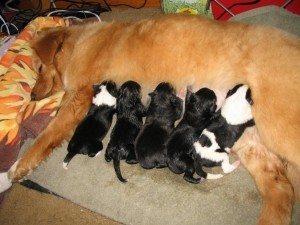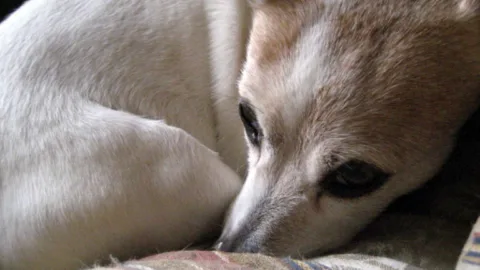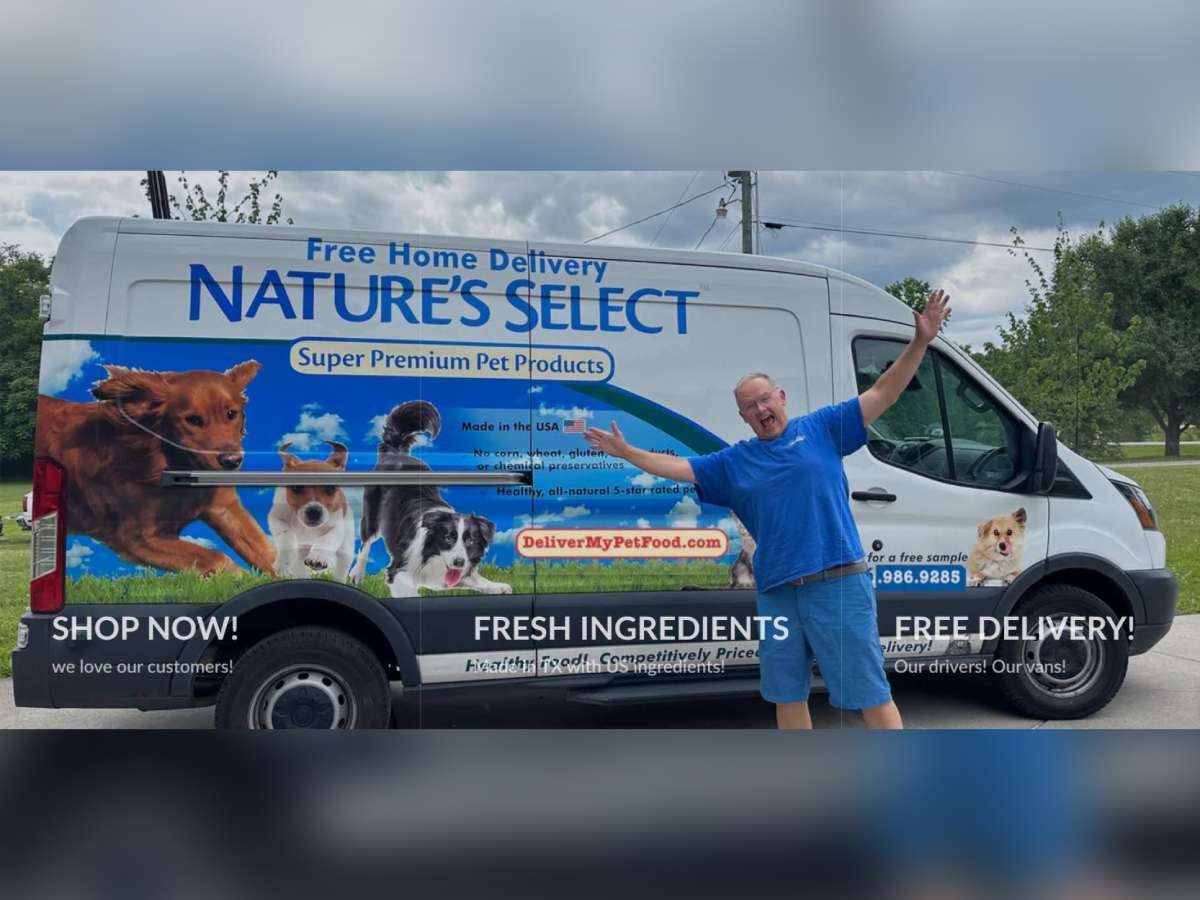Think your dog is pregnant?
There are 3 stages in a dog’s labor.
The first stage is where the cervix dilates and there are uterine contractions.
It is possible to miss this if you aren’t paying attention. You may notice during this time your dog panting, shivering, acting restless or even vomiting. She will also probably start trying to find a private place. If you notice these symptoms try to get your dog to go to the whelping box.
The second and third stages are where the dog is in active labor and the placenta is expelled.
Since it is likely that your dog will have more than one puppy she will alternate between stages two and three between puppies. It usually takes about 10-20 minutes after your dog begins actively pushing for her to deliver a puppy. If your dog pushes for more than an hour and no puppy is forthcoming, then you need to call your vet because your dog is going to need help.
NOTE: It is quite common for dogs to rest up to an hour between puppies. As long as she is not actively pushing during this time, there is no need for alarm nor a reason to call your vet.
What The Birthing Process Is Like
Every dog is different in how she chooses to deal with having her puppies, she may lie down or squat to have them, she might just grunt quietly, or she may be a screamer. The important thing is that you not become alarmed no matter her choice in how to have her babies.
While most dogs are perfectly capable of having their puppies without any interaction from humans, you will probably want to have some towels, dental floss (or thick thread), sharp scissors, provodine iodine, and a child’s nasal aspirator on hand. This way, you can take care of the puppies if you need to in the event that your dog can’t or for some reason doesn’t seem to know how to care for the newborn puppies.
Puppies are normally born either head or butt first.
When trying to assist your dog with the delivery you should never pull on an ear or a foot to help the baby out. Instead, try to hook your fingers over the hips or behind the puppy’s shoulders and then very gently use a downward traction to help both momma and puppy.
Puppies are usually born with the amniotic sac unruptured, and if your dog does not take care of the puppy within a minute or two then you will need to rupture the sac so the puppy can breathe. Once you’ve done this, you can use the child’s aspirator to get the mucous out of the puppy’s mouth and nose.
Then dry the puppy off with a towel. Once you have done that, tie off the cord an inch from the puppy’s body, cut the cord, and then dip the end in iodine.
Now, you will only need to do these things if your dog seems to not know that she should take care of it herself by licking the puppies and cutting the umbilical cord with her teeth, or if she is too busy having another puppy.
When all is said and done, you should remove the placenta right away, otherwise, your dog may try to eat it. (NOTE: View that last link with caution! Not for weak stomachs.)
After The Puppies Are Born
 Make sure that the puppies get to nurse and your dog has a chance to go outside and to eat a bit if she wants.
Make sure that the puppies get to nurse and your dog has a chance to go outside and to eat a bit if she wants.- Call your vet and let them know how it went. They will document the basics in your dog’s chart and give you some tips for caring for momma and puppies.
- The vet will most likely want you to bring your dog and her babies in to be checked out and make sure everything is okay. That is a good time to ask about adding a calcium supplement to your dog’s diet. Your vet can tell you how and when to begin doing that.
- While it is normal for your dog to have a reddish brown to bright green discharge for up to 8 weeks after giving birth, if you notice it is bright blood red instead, take your dog to the vet ASAP.
- Your dog’s appetite will increase after she has the puppies. This is because her caloric needs will increase 3 to 4 times from what it was before she got pregnant. Definitely feed her the extra food she desires, and of course this may mean extra trips outside as well.
 In addition to feeding your dog more, you should also make sure that she has access to water at all times. However, do not put a water dish in the whelping box because a puppy could get in there and drown. Instead, keep have it within easy access for your dog outside of the whelping box.
In addition to feeding your dog more, you should also make sure that she has access to water at all times. However, do not put a water dish in the whelping box because a puppy could get in there and drown. Instead, keep have it within easy access for your dog outside of the whelping box.- Now you’re ready to enjoy your new little family!




